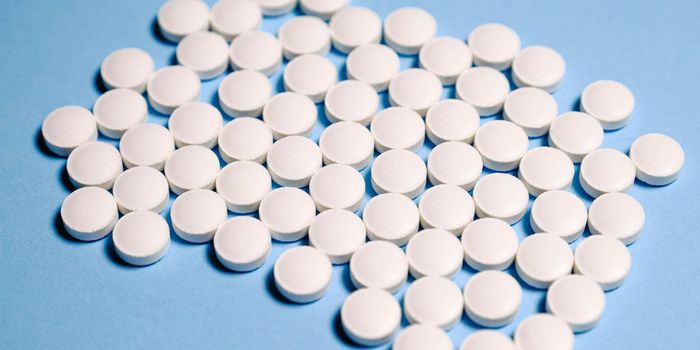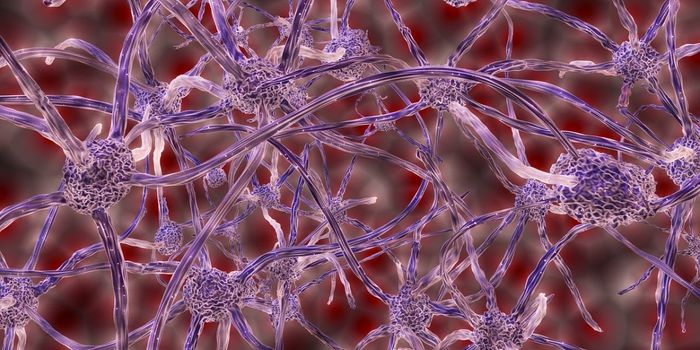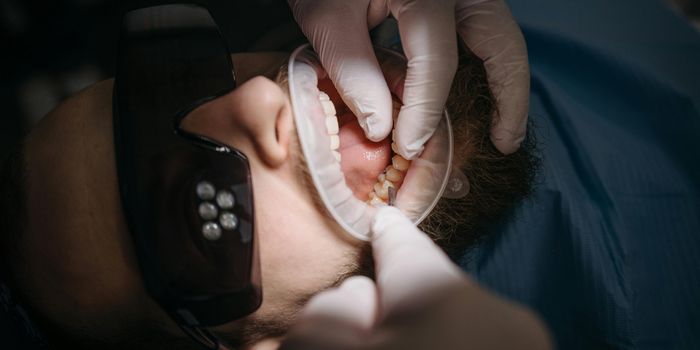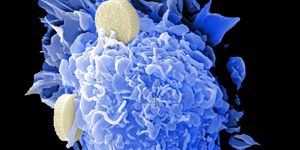Therapeutically Active Ion-Channels
Therapeutically relevant ion channels have inspired researchers to look into drugs that can regulate their activity. Ion channels are a well-documented form of cell-to-cell communication and holds relevance in health and disease due to the possibility of ion channel defects. Research in the University of Leeds is proving that drug-like small molecules can regulate the activity ion channels – particularly TRPC5 ion channels that allow positive charged ions, like sodium and potassium flow throughout the cell’s plasma membrane.
Dr Muench said: "It amazes me that you think you understand how a small molecule may influence the activity of a protein -- and then you find something unexpected.
"The displacement of a lipid opens up some interesting new directions of research into how this important family of proteins functions at a fundamental level and how we may develop new therapies in the future."
Targeting TRPC5 channels can be considered therapeutic for treating kidney disease, cardiac issues, and even anxiety to name a few.
Learn more about ion channels:
Dr Bon said: "The opening and closing of TRPC channels is regulated by many factors, including dietary components such as lipids, minerals and antioxidants, as well as environmental toxins. Overactivity of TRPC channels is linked to a range of diseases. Therefore, small molecules that can stop TRPC channels from opening are increasingly considered as potential therapeutic agents.
Findings were published in Communications Biology and reveals that the drug, Pico145, can bind to TRPC5 channels preventing the channel from opening and as such imposing its therapeutic effects.
Dr David Wright, first author of the study, said: "Using cryo-electron microscopy performed in the Astbury BioStructure Laboratory, we determined high-resolution structures of the TRPC5 channel in the presence and absence of Pico145. These structures show, for the first time, how Pico145 can displace a lipid bound to each of the four TRPC5 proteins. Further studies revealed the importance of individual amino acid residues in the Pico145 binding site of TRPC5."
Source: Science Daily









